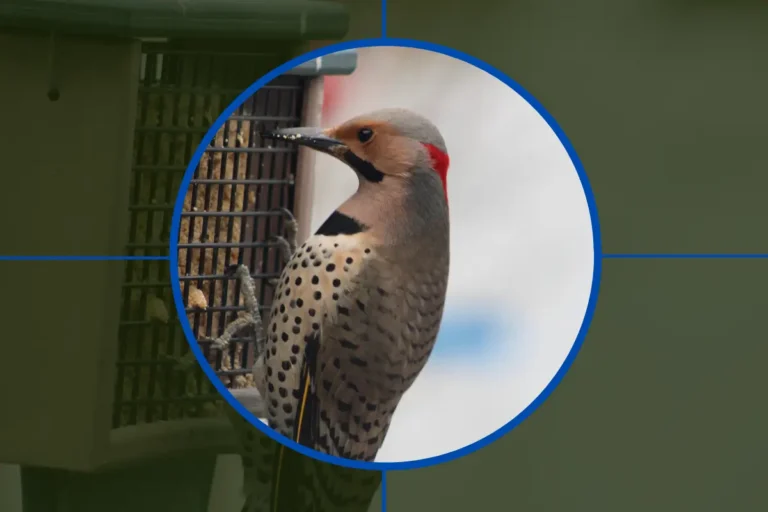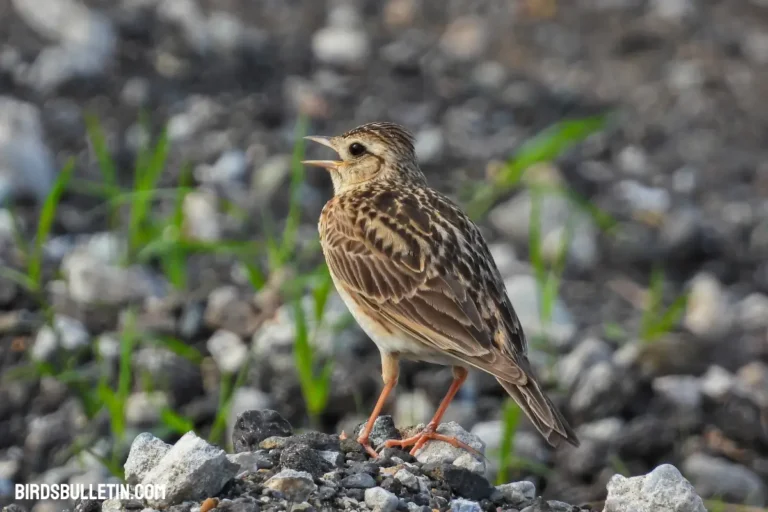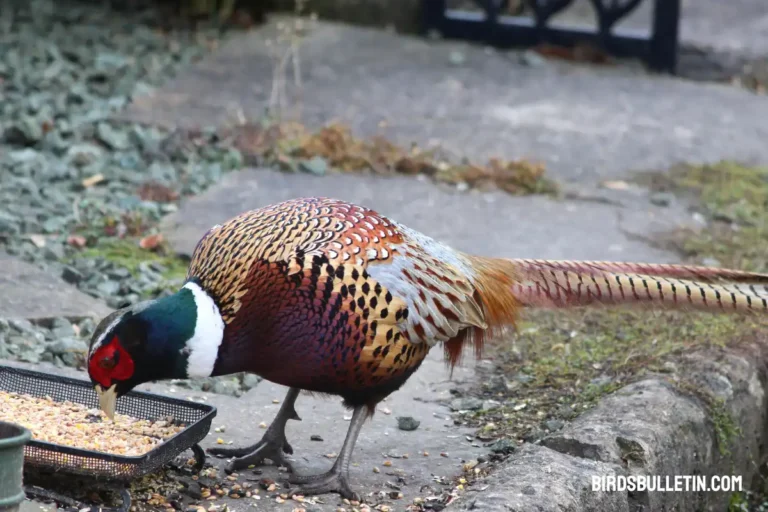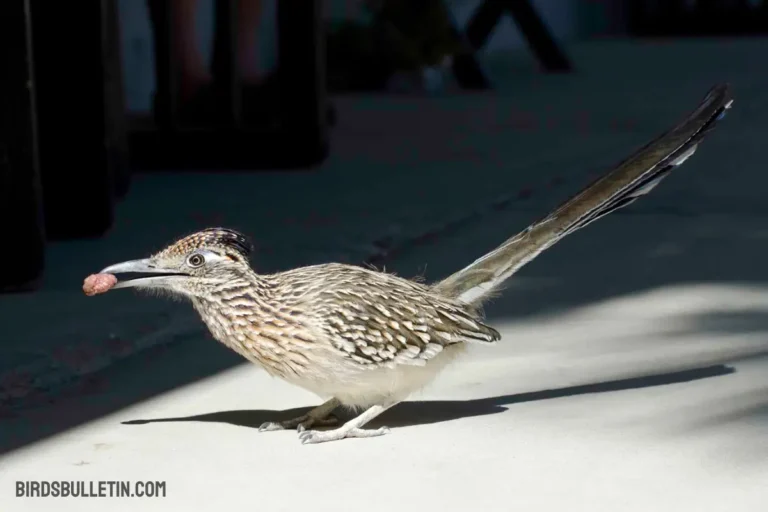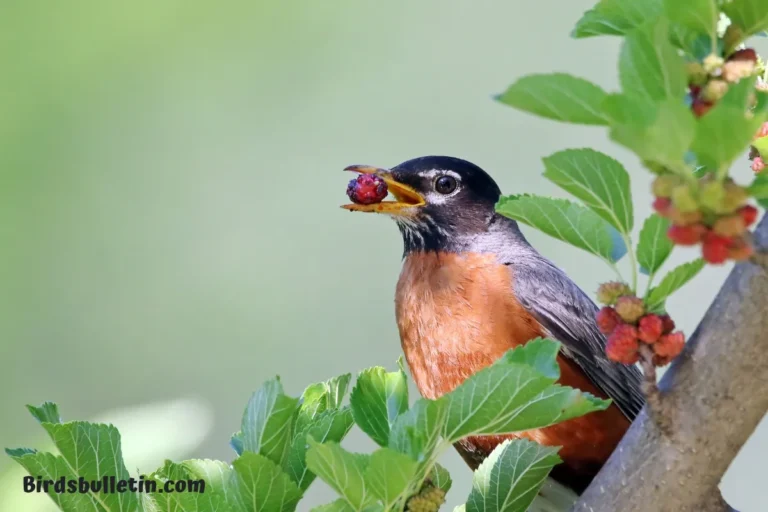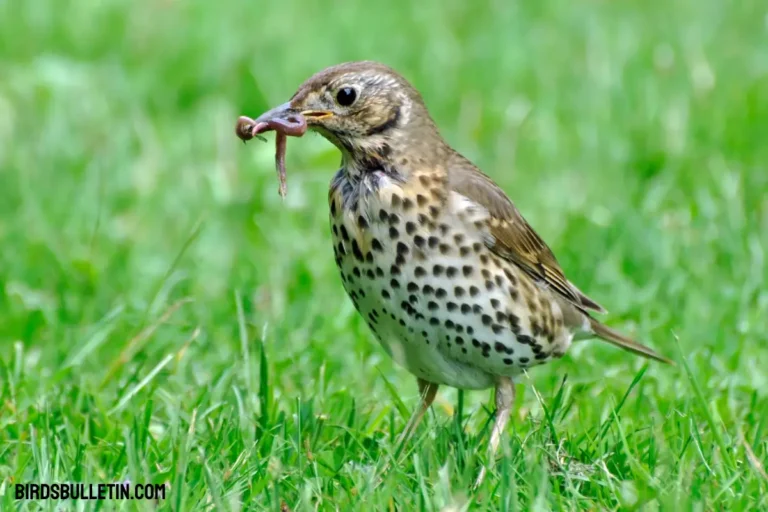What Do Boreal Chickadees Eat?
The boreal chickadee is a small songbird that makes its home in the vast coniferous forests of Alaska, Canada, and the northern United States. Weighing only 9 to 11 grams.
These tiny acrobatic birds manage to survive frigid winters and short summers in their northern habitat thanks in part to their varied diet. Boreal chickadees are resourceful and flexible feeders, changing up their food sources depending on season and availability.
Boreal chickadees are omnivorous and eat both plant and animal material. Their diet consists primarily of insects, seeds, and berries. By following flocks of boreal chickadees through the forest, you can often locate many of the same food sources they depend on.
Looking for more articles about birds’ food and diet
Favorite Foods
Here are some of the boreal chickadee’s favorite foods:
| Food | Details |
|---|---|
| Insects | Beetles, caterpillars, ants, aphids, mosquitoes, flies, sawfly larvae |
| Seeds | Spruce, hemlock, pine, birch, alder |
| Berries | Mountain ash, dogwood, wild raisin, pin cherry, juniper |
| Tree Sap | Birch, willow, conifers |
Spiders and caterpillars provide essential protein, while seeds and sap offer carbohydrates.
How Boreal Chickadees Gather Food?
Boreal chickadees use a variety of techniques to find and collect food:
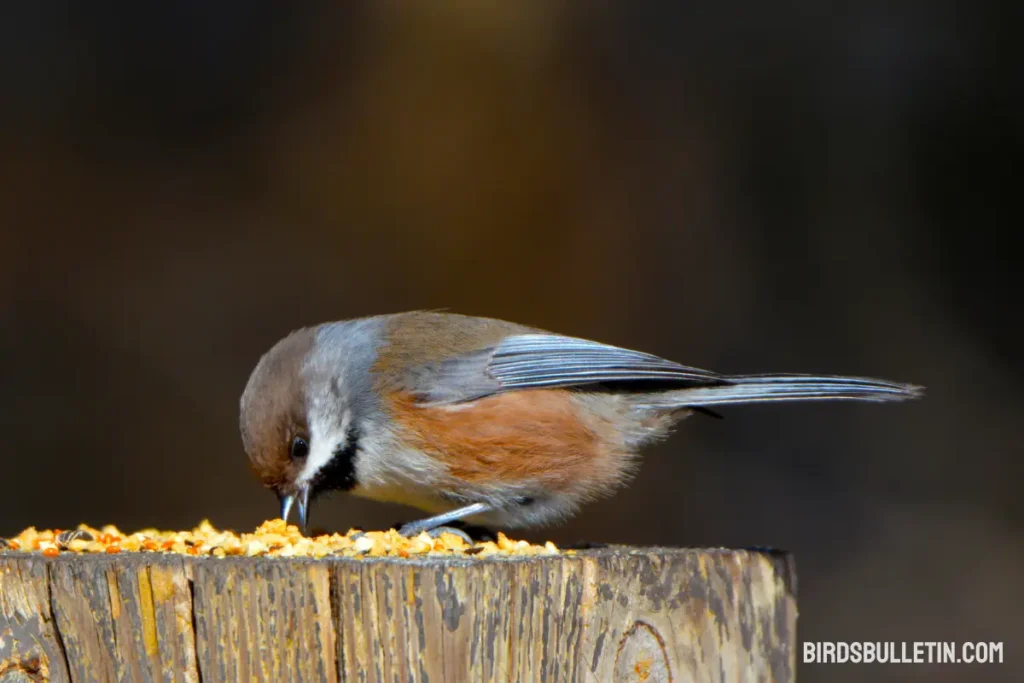
- Foraging – They actively glean insects, spiders, and larvae from conifer needles and branches. Chickadees search up and down trees for prey.
- Flocking – In winter, they form mixed flocks with other chickadees, nuthatches, and woodpeckers to help locate food.
- Hanging – Chickadees hang upside down from branches and cones while feeding. Their feet have a permanent tight grip.
- Hammering – They hammer away at dead snags and wood to excavate beetle larvae and other insects.
- Caching – Chickadees hide excess seeds and insects in bark crevices and holes to create caches. They remember thousands of cache sites and retrieve the food in winter.
Winter Diet
In the winter, boreal chickadees rely more on stored food reserves and high-fat offerings at bird feeders. Seeds make up a greater portion of their diet in cold months when insect prey is scarce. At feeders, they readily eat black oil sunflower seeds, suet, and peanuts.
Sap wells provide an important winter food source. Chickadees continue to pick insects and spiders out of occupied and vacant woodpecker holes in trees.
Baby Chickadee Diet
For about two weeks after hatching, baby boreal chickadees are fed caterpillars, spiders, insect larvae, and other small invertebrates. The parents bring back soft-bodied prey to feed the nestlings. As the babies grow, the adults gradually increase the size of the food items.
Once fledged, the young chickadees follow their parents around, giving constant begging calls. The parents continue to feed the fledglings for several weeks as they learn how to forage on their own.
Frequently Asked Questions
01. Do boreal chickadees migrate or store food?
Most boreal chickadees are non-migratory and will cache food to survive the winter. Some far southern populations may migrate short distances but most remain year-round on their territory.
02. What is the primary diet of the Boreal Chickadee?
Boreal Chickadees primarily feed on insects, spiders, seeds, and berries, adapting their diet based on seasonal availability.
03. Do Boreal Chickadees visit bird feeders, and what attracts them?
Yes, Boreal Chickadees may visit bird feeders. They are attracted to suet, sunflower seeds, and other high-energy foods during winter.
04. How do Boreal Chickadees find food during the colder months?
Boreal Chickadees are skilled foragers, using their agile movements to search for insects and cached seeds hidden in bark crevices.
05. Are there specific trees or habitats where Boreal Chickadees find food?
Boreal Chickadees favor coniferous forests and areas with spruce and fir trees, where they can find insects and seeds for their diet.
Conclusion
The boreal chickadee’s diverse diet and food-gathering behaviors provide keys to its success in the northern forests. These petite songbirds fill an important niche in controlling insect outbreaks in the coniferous biome.
Watch for chickadees in winter flocking parties and take note of what foods they are eating to appreciate the challenges of survival in their harsh habitat. Supporting chickadees in your area by providing suitable feeders and nest boxes can benefit northern forest ecosystems.
References
- Foote, J. R., Mennill, D. J., Ratcliffe, L. M., & Smith, S. M. (2010). Black-capped chickadee (Poecile atricapillus). In A. Poole (Ed.), The Birds of North America Online. Ithaca, New York: Cornell Lab of Ornithology.
- McCallum, D. A. (2020). Boreal Chickadee (Poecile hudsonica), version 1.0. In Birds of the World (S. M. Billerman, Editor). Cornell Lab of Ornithology, Ithaca, NY, USA.
- Adkins-Regan, E. (2014). Boreal chickadee (Poecile hudsonicus). In Birds of North America Online (A. Poole, Ed.). Ithaca: Cornell Lab of Ornithology.


